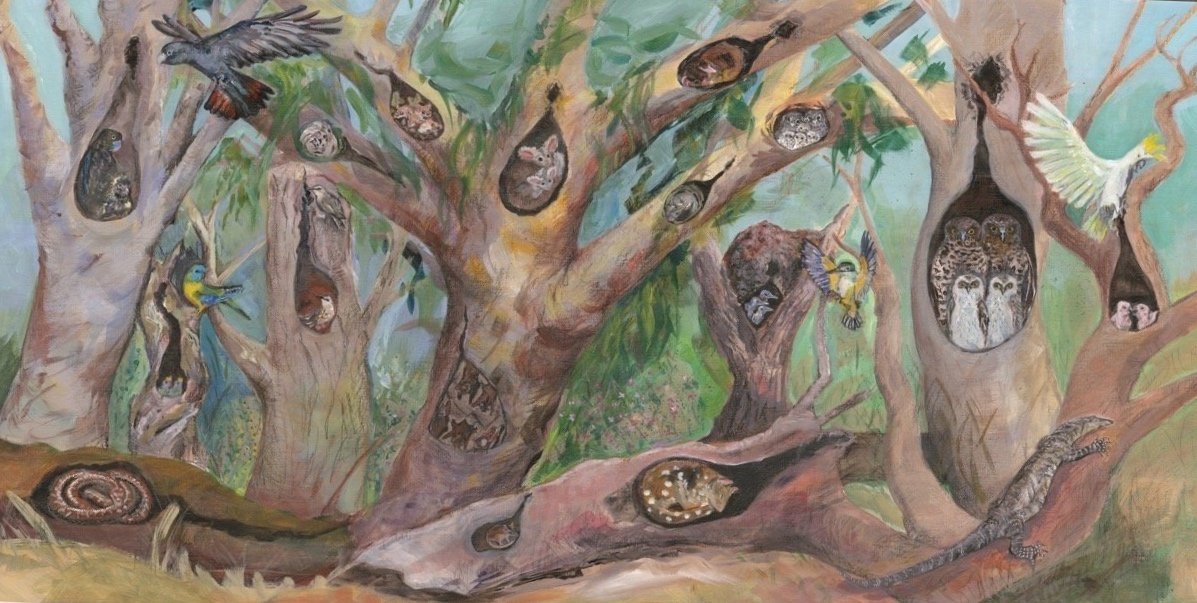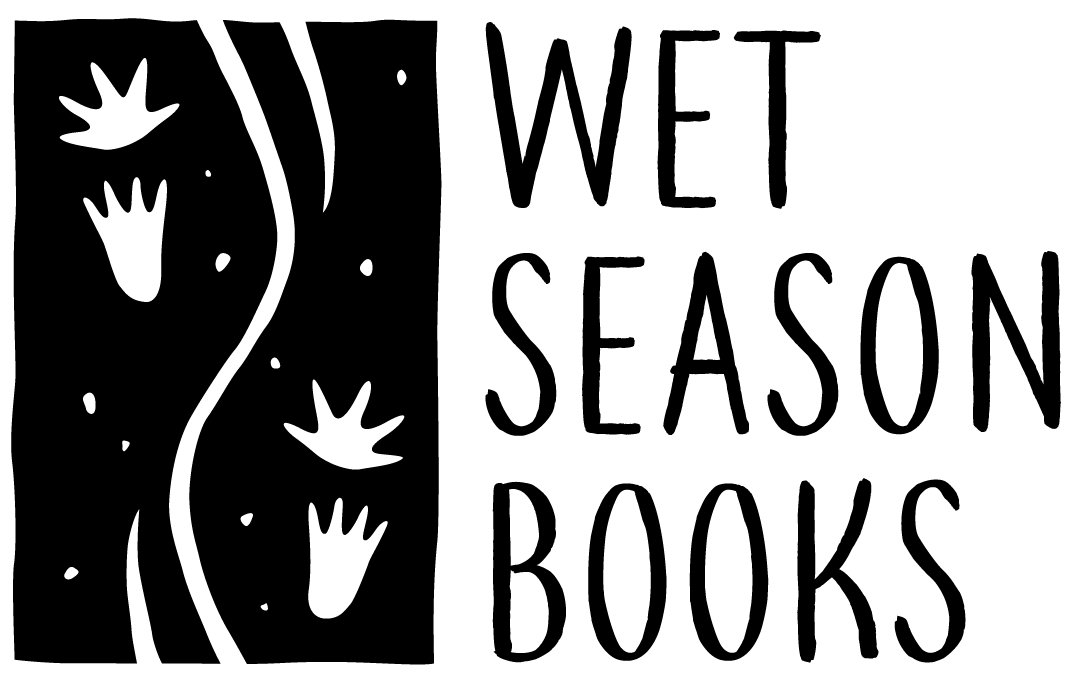
The Perfect Hollow: A Greater Glider Story is a delightful rhyming tale that highlights the importance of tree-hollow homes, natural habitats, and the plight of the Endangered Greater Glider. Perfect for students from Prep to Year 3, this engaging story aligns with curriculum outcomes across English, Science, HASS, and The Arts, while also supporting Sustainability as a cross-curriculum priority. Following is an outline key learning outcomes covered by The Perfect Hollow: A Greater Glider Story and accompanying learning resources.
Curriculum Outcomes:
English
Language: Sound and Letter Knowledge
Foundation Year: Explore the use of rhyme, rhythm, and sound patterns in texts (ACELA1439).
Year 1: Recognise high-frequency sight words and use context to aid comprehension (ACELA1454).
Year 2: Understand how texts use rhyme, rhythm, and repetition to create literary effects (ACELA1462).
Literature: Responding to and Creating Texts
Foundation Year: Respond to literature, sharing feelings and ideas about characters and events (ACELT1783).
Year 1: Discuss features of plot, character, and setting in different types of literature (ACELT1584).
Year 2: Create events and characters using different techniques such as rhyme (ACELT1593).
Literacy: Understanding Texts
Foundation Year: Identify the main idea and details in stories and texts (ACELY1645).
Year 1-3: Engage in reading and discussing literary texts that convey messages or moral lessons (ACELY1650, ACELY1660).
Science
Biological Sciences: Living Things and Habitats
Foundation Year: Living things have basic needs, including food and water (ACSSU002).
Year 1: Living things live in different places where their needs are met (ACSSU211).
Year 2: Living things grow, change, and have offspring similar to themselves (ACSSU030).
Year 3: Living things depend on each other and the environment to survive (ACSSU044).
Sustainability (Cross-Curriculum Priority)
Explore how people can care for environments to sustain living things (linked to ACSSU211 and ACSSU044).
HASS (Humanities and Social Sciences)
Geography: Care for Places
Foundation Year: Reflect on why places are special and how they can be cared for (ACHASSK017).
Year 1: Explore how the natural environment meets the needs of living things (ACHASSK032).
Year 3: Examine the ways that different groups, including Aboriginal and Torres Strait Islander peoples, describe and care for special places (ACHASSK063).
The Arts
Drama and Visual Arts
Foundation to Year 3: Respond to and create artworks that express ideas about the natural world and endangered species (ACADRM027, ACAVAM106).
General Capabilities
Literacy
Develop listening, speaking, reading, and writing skills through engagement with rhyming texts.
Critical and Creative Thinking
Encourage reflection on environmental issues and imaginative problem-solving for habitat conservation.
Ethical Understanding
Foster awareness of human impact on endangered animals and the importance of caring for habitats.
